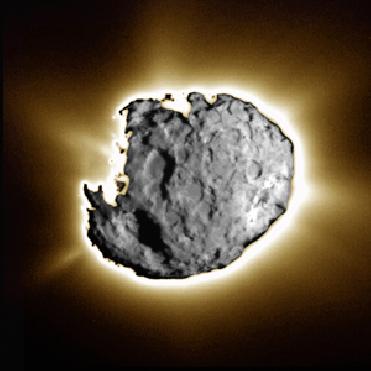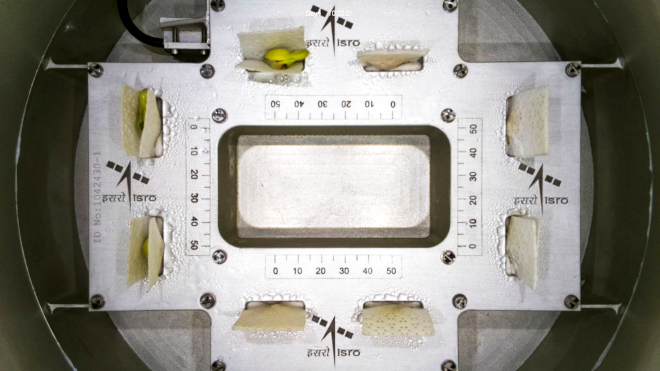
Meteorites - the only surviving physical record of the formation of our Solar System.
LONDON (BNS): A team of researchers at the Imperial College of London has discovered �an unusual kind� of meteorite in the Western Australian desert, and has also traced its origin in the Solar System.
In their study result published in last week�s Science journal, the team, after analysing data collected from dedicated instruments to predict the meteorite�s fall, believes that the cosmic fireball started out as part of an asteroid in the innermost main asteroid belt between Mars and Jupiter. It then gradually evolved into an orbit around the Sun that was very similar to Earth's.
The other meteorites that researchers have data for, follow orbits that take them back, deep into the main asteroid belt.
�We are incredibly excited about our new finding. Meteorites are the most analysed rocks on Earth but it's really rare for us to be able to tell where they came from. Trying to interpret what happened in the early Solar System without knowing where meteorites are from is like trying to interpret the geology of Britain from random rocks dumped in your back yard,� said Dr Phil Bland, lead author of the study from the Department of Earth Science and Engineering at Imperial College London.
The new meteorite, which is about the size of a cricket ball, is the first to be retrieved since researchers from the Imperial College London, Ondrejov Observatory in the Czech Republic, and the Western Australian Museum, set up a trial network of cameras in the Nullarbor Desert in Western Australia in 2006.
The meteorite appears to have been following an �unusual� orbit, or path around the Sun, before falling on Earth in July 2007, according to calculations by the research team, which includes scientists from the Natural History Museum in London. It is also unusual in its composition as it includes a rare type of basaltic igneous rock.
This uniqueness combined with data about the meteorite�s origin makes the researchers believe in a recent theory that igneous parent asteroids for meteorites were formed deep in the inner Solar System, before being scattered out into the main asteroid belt.
Asteroids are widely believed to be the building blocks for planets like the Earth. So, the latest finding provides another clue about the origins of the Solar System.
�It was amazing to find a meteorite that we could track back to its origin in the asteroid belt on our first expedition using our small trial network. We're cautiously optimistic that this find could be the first of many and if that happens, each find may give us more clues about how the Solar System began,� said Dr Bland.
The research was funded with grants from the UK Science and Technology Facilities Council, the Czech Republic and the European Union.
 Previous Article
Previous Article Next Article
Next Article











The Indian Air Force, in its flight trials evaluation report submitted before the Defence Ministry l..
view articleAn insight into the Medium Multi-Role Combat Aircraft competition...
view articleSky enthusiasts can now spot the International Space Station (ISS) commanded by Indian-American astr..
view article